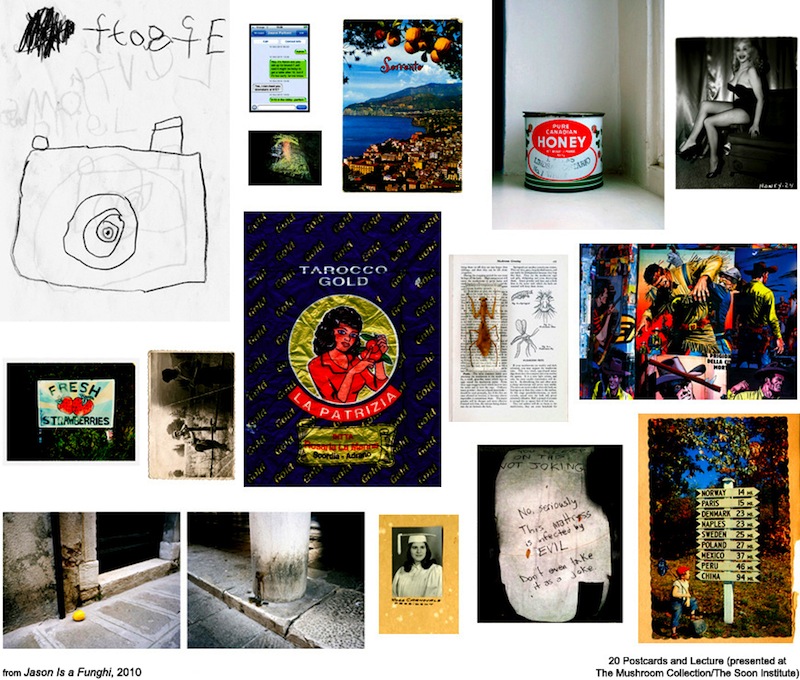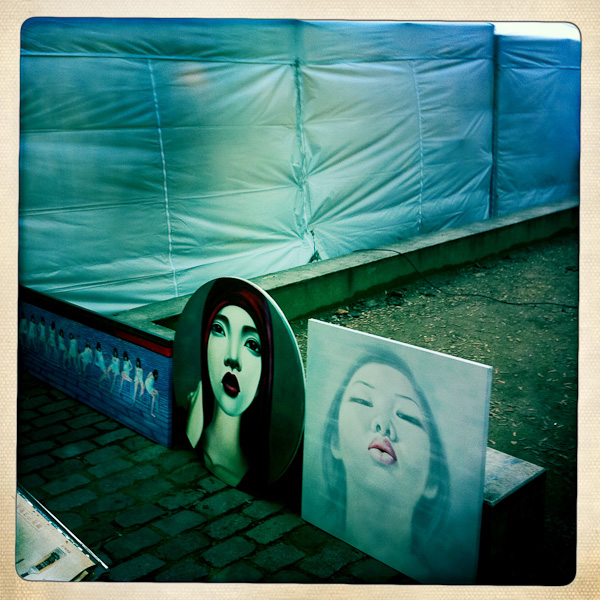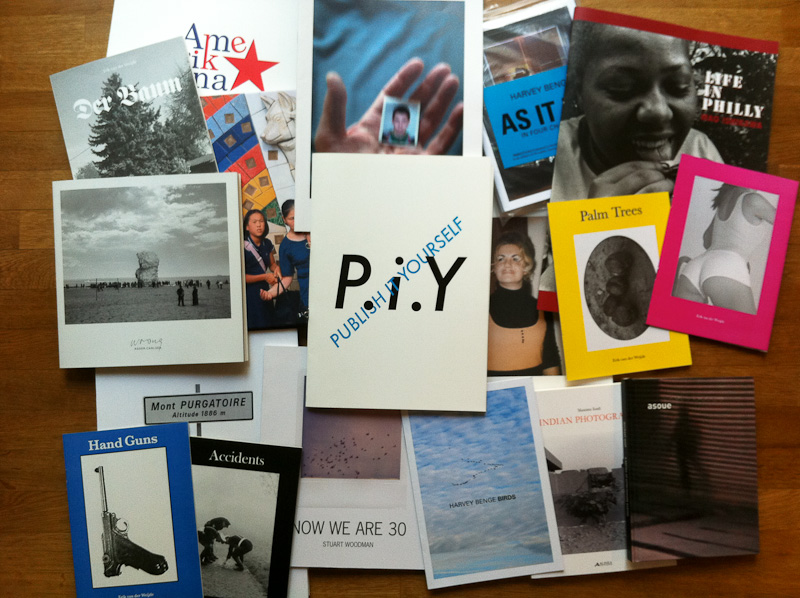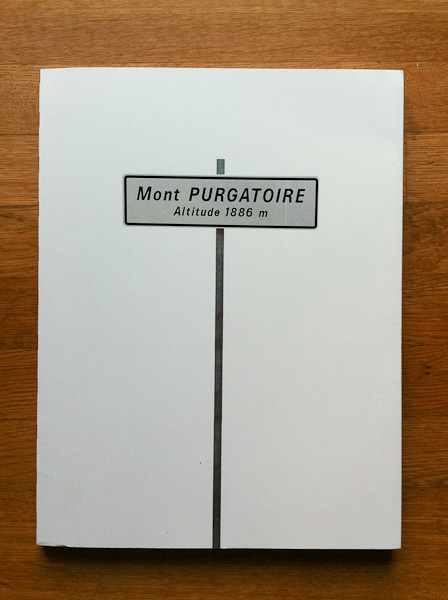Paris earned the nickname of 'ville lumière' (City of Light) from having been an ideological home to the age of enlightenment and for it's famous street lights. Like these lights, the 19th century Haussmanian architecture of the city has come to typify the French capital in most outsiders' imagining of the city. So Christophe Maout's vision of Paris in HomeLux might come as a bit of a shock. HomeLux is shot on the city's periphery, specifically off the boulevard périphérique, the main ring road surrounding the city. The périphérique ferries traffic around the city and is one of the few areas of Paris where towerblocks appear regularly. Many of these blocks bear the name of major brands in the form of brightly-coloured neon crowns, an advertising practice that is forbidden within the center of the city. The series struck me as a kind of allegory, a preserved city, suspended in time, surrounded by an army of advancing towerblocks shouting their commercial messages at the constant flow of cars circumnavigating the city. The rooftop perspectives in these night exposures give the buildings a different quality, their neon halos seeming to give each building its distinct personality. I met Maout at a dinner last December and, as he gave us a lift home, we drove past many of these buildings lighting up that freezing winter night. A very different view of the city of light.
Aaron Schuman's Sunday brunch, mushrooms included
 After having met Aaron Schuman at Fotofest Paris last November I just stumbled across his latest project Jason is a Funghi (pronounced 'fun guy') in which he as turned one Sunday morning of conversation with Jason Fulford into a delightful series of stream of consciousness musings on eggs, signs, comic books, childhood, blood oranges (which I just squeezed a few of into a glass), photographic greats and unknowns, memory and, inevitably, mushrooms. Aaron is a writer, curator, photographer and, well, a funghi himself. If you're not having brunch with him this Sunday, don't miss the next best thing.
After having met Aaron Schuman at Fotofest Paris last November I just stumbled across his latest project Jason is a Funghi (pronounced 'fun guy') in which he as turned one Sunday morning of conversation with Jason Fulford into a delightful series of stream of consciousness musings on eggs, signs, comic books, childhood, blood oranges (which I just squeezed a few of into a glass), photographic greats and unknowns, memory and, inevitably, mushrooms. Aaron is a writer, curator, photographer and, well, a funghi himself. If you're not having brunch with him this Sunday, don't miss the next best thing.
A Hipstamatic plea
 Although it appears that not a week goes by without a story of another film stock or photo paper being discontinued, analog photography is undergoing something of a revival at the moment... online... and more specifically on screen, courtesy of the Hipstamatic application. As far as I understand it the point of Hipstamatic is to try and emulate—or at least suggest—the elusive qualities of a print on the backlit screens that we are now all glued to 24/7. I have already had a rant about the lack of clothes on the Emperor that is iPhoneography, so I won't do the same here. This isn't a rant about Hipstamatic actually, I think it makes crappy camera phone images taken on the fly look a little better. Also it is giving thousands of users the joy of discovering the beauty of square format and reminds them that once upon a time there was this thing called film. Some photographers even seem to be able to make good pictures with it (as anyone who is friends with Aya Takada on Facebook will know). With the exception of photojournalists using it to casually photograph US soldiers in Afghanistan, I see it as a bit of harmless fun.
Although it appears that not a week goes by without a story of another film stock or photo paper being discontinued, analog photography is undergoing something of a revival at the moment... online... and more specifically on screen, courtesy of the Hipstamatic application. As far as I understand it the point of Hipstamatic is to try and emulate—or at least suggest—the elusive qualities of a print on the backlit screens that we are now all glued to 24/7. I have already had a rant about the lack of clothes on the Emperor that is iPhoneography, so I won't do the same here. This isn't a rant about Hipstamatic actually, I think it makes crappy camera phone images taken on the fly look a little better. Also it is giving thousands of users the joy of discovering the beauty of square format and reminds them that once upon a time there was this thing called film. Some photographers even seem to be able to make good pictures with it (as anyone who is friends with Aya Takada on Facebook will know). With the exception of photojournalists using it to casually photograph US soldiers in Afghanistan, I see it as a bit of harmless fun.
No, this rant is about the increasingly popular idea of making actual real-life prints from Hipstamatic images. The Guardian ran a piece this week on a London gallery which is holding an exhibition of Hipstamatic prints. My first thought on reading this was whether prints of Hipstamatic images could be anything but terrible. And a Sunday-afternoon walk through the Marais gave me an answer as I happened upon a gallery with a Hipstamatic print in the window. I may have been influenced by the exquisite Bruce Wrighton prints that I saw just a day earlier at Les Douches gallery, but this print was bad enough to feel like an insult, particularly as they had gone to the trouble of making a pigment print on some fancy paper in a limited edition of 3 priced at over $200 in all its grossly-pixelized glory. This image would never look any good at anything larger than the palm of your hand on the low resolution of a screen. And here it was, a sad piece of hyper-colour mutton (totally over-)dressed as lamb. Can't we please just let these Hipstamatic images go about their business of passing the time for us on the internet, or on our smart phones where they belong?
Review: Adriaan van der Ploeg, Mont Purgatoire
After Mariken Wessels' two mysterious tomes (one of which was reviewed here) which seemed to make most 'best of 2010' photobook lists, our Dutch friends have done it again and produced a book which really should not exist. I couldn't help but try to imagine this book idea being pitched to any halfway-sane book publisher, "I want to do a big, 150-page book of portraits of out-of-shape, middle-aged men who try to cycle up this mountain that most people have never heard of, but which has a cool name. The portraits will all be taken from the same head-on perspective with some kind of telephoto lens, they'll be tightly cropped and really flat and even out of focus sometimes because they're cycling up a mountain and the guys will all be sweating and in varying degrees of pain. Oh and as a bonus feature, I'll throw in a promotional website with a background video of one of the cyclists throwing up on the side of the road while some other guys ride past him." 99% of the time he would literally be escorted out of the building, possibly with a restraining order thrown in for good measure, and yet the good people of Habbekrats decided that there was some part of this project that was actually a good idea. The funny thing is that they were right.
There is nothing about this book that should interest me. I'm all for the odd bike ride but serious cycling leaves me cold... sweaty middle-aged men trying to reach their physical limits leaves me even colder. And yet, I was drawn in. Like it's non-illustrated cousins, 2008's Netherland about New York cricketers and current favourite The Hare with Amber Eyes (a 350-page book written about a collection of Japanese netsuke, tiny bone or ivory sculptures), Mont Purgatoire is not really about its (not particularly sexy) subject. Although the book comes with a number of essays written by cyclists, cycling poets and sports writers, the photographs it contains provide no context of the gruelling cycle that these men undertake to make it to the top of this mountain. For all we know, Van der Ploeg never even went near the place. I don't think it's going to reach quite the same sales figures as its fictional cousins, but what I found interesting is the way that it goes beyond its apparent subject to become a kind of study of the way we express feeling. Thumbing through its pages, you can't help but wonder what is going through these men's minds and why they are attempting this punishing climb. Their expressions convey the emotions that you would expect determination, exhaustion, focus, but often also a strong sense of introspection, as if this was less about proving their physical resilience or strength and more a process of self-flagellation.
As with most of the Dutch photo-books I've set my hands on of late, the book is very well made, with a really simple but intelligent and appropriate design. I particularly enjoyed the way that the essays were printed on newsprintish paper and designed to look like excerpts of a fictional (?) local Dutch newspaper. In its own (tongue-in-cheek, faux-Hollywood) words "Mont Purgatoire is an extraordinary photography-project about ordinary men, voluntarily battling their own strength on the steepest slopes." If you're curious to find out more, check out the book's website and I also recommend a trip to Van der Ploeg's website to get a view of his interest in the human face and what he has been doing with it in other contexts.
Adriaan van der Ploeg, Mont Purgatoire. Habbekrats (Soft cover, 144 pages, colour plates, 2010).
Rating: Recommended
Notes on 2010
 As the year draws to an end and more top-10 lists (and non-lists) than you can wave a stick at make their annual appearance, I thought I would take a broader look back at the past year in photography. This time last year I focused on the chronic over-use of the word curating, a trend which shows no signs of abating. As for 2010, the major development in the world of photography has to be the exponential rise of the self-published and independent photobook.
As the year draws to an end and more top-10 lists (and non-lists) than you can wave a stick at make their annual appearance, I thought I would take a broader look back at the past year in photography. This time last year I focused on the chronic over-use of the word curating, a trend which shows no signs of abating. As for 2010, the major development in the world of photography has to be the exponential rise of the self-published and independent photobook.
This year has seen the launch of Alec Soth's Little Brown Mushroom (LBM actually launched in December 2009, Soth once again proving that he is ahead of the curve), the online listings database The Independent Photobook, the Indie Photobook Library, the Off Print photobook festival in Paris, a big online discussion on the future of photobooks and (perhaps another sign of Soth's prescience) the growth of countless independent publishers like so many little brown mushrooms. This frenzy of activity wasn't only limited to the periphery either: the (deserving) winner of this year's book prize at the Rencontres d'Arles was an independent publisher from Berlin, Only Photography, for Yutaka Takanashi: Photography 1965-74. If there were any doubts remaining as to the importance of this trend in 2010, while writing this paragraph I received an email from yet another freshly-launched website devoted to the self- and independently-published photobook. I think this explosion in 'indie' publishing is a great thing, particularly given what was being said about the future of photobook publishing a couple of years ago. However, although we have learned that publishing it yourself can make you happy, it can also make you very confused, even overwhelmed. It is truly amazing how many photobooks are being made now, far too many for one poor blogger to even begin to get his head around and (surely?) far too many to sell to a very limited pool of buyers. The problem is that only a very small percentage of them are any good. By good I don't mean "containing good photography" but rather good as a stand-alone artwork where the design and production matches, or even enhances the content rather than a brochure for a series of photographs. Not every series of photographs deserves (or is suited) to becoming a book. Hopefully the publishing effervescence of 2010 will give way to a 'more quality less quantity' scenario in 2011.
Another phenomenon that has accompanied this rise in self- or indie publishing is the rise in luxury, super exclusive, VIP, signed, numbered and sealed-with-a-kiss editions. Despite the rise in the number of photobooks being published, only an infinitesimal number of these make any money and publishers are still searching for the winning formula. Rather than the 'limited' print runs of the past (700 to 1,000) it seems that a number of publishers are moving towards deluxe extra-limited editions (100 to 500). To mention just a few examples Germany's Only Photography and White Press are both producing books which will generally set you back at least 80 euros ($100), and in the US Nazraeli Press has completed ten years of its One Picture Book series where (for $150) you get a small original print thrown in with the eight or nine plates in the book itself. One final publishing trend worth noting is the growing number of re-editions of classic photobooks. In addition to Errata Editions' full series of books on books, this year we were treated to a range of re-editions from Takuma Nakahira's A Language To Come to John Gossage's The Pond. Given how much the originals are sell for at auction these days, I'm grateful to be able to get my hands on some classics without having to sell all the other books I own in the process.
And what of photography itself in 2010? Looking beyond the book, this year feels far less exciting. As with the rest of the art world, photography galleries are still gently and nervously probing the market with little space given to new or 'difficult' work, while museums are staying well away from anything risky with big-name blockbuster retrospectives, shows assembled from their own collections (which is not necessarily a bad thing), or shows lasting from 4-5 months instead of 2 or 3. Just as with books we're also seeing the reedition of landmark exhibitions, with the New Topographics show touring the US this year. In terms of museum shows a special mention has to go to two examples of ludicrous censorship: the recent removal of a video by the artist David Wojnarowicz from the exhibition "Hide/Seek: Difference and Desire in American Portraiture" at the National Portrait Gallery in Washington after the Catholic League and members of Congress complained that the piece was sacrilegious due to a sequence showing ants crawling on a crucifix, and the Paris Museum of Modern Art's Larry Clark exhibition which got itself an X-rating from the government and therefore a shed-load of media attention.
On a positive note, a more interesting trend has been the use of Google Street View by several artists as a new photographic tool. Michael Wolf (see the grid below), Doug Rickard and Jon Rafman have produced exhibitions, books and tumblrs of images taken from Google Street View's online tool. This is clearly not everyone's cup of tea and, particularly in street photography circles, there tends to be a "that is not photography" response to this kind of work. Whether you like it or not, it raises a number of interesting and important questions about the way the practice of photography and the hypocritical rules governing it are evolving .
Another technology-related trend has to be the massive growth of online social networking in the photo community. Of course this is a phenomenon that is by no means limited to photography, but it is astounding how quickly Facebook has gone from an interactive high-school yearbook to a major marketing tool (alongside its younger cousin Twitter). Some have even used it as a tool through which to publish a series of photographs steadily over time. I'm not sure how this is going to affect photography (if at all) and others have thought about this harder than I have, but it will be interesting to see where this goes in 2011.
Finally, I get the feeling that there is a bit of a reemergence of street photography going on. With in-public's 10 (review here) and Sophie Howarth and Stephen McLaren's Street Photography Now. This may be because we're all photographers now and the most obvious place to start is the street, or perhaps because people are growing tired of the cold, detached formalism that has dominated recent contemporary photography, or maybe even the fact that the abuse of anti-terrorism and privacy laws is making it more and more difficult to photograph in many of our cities and that street photographer's tend to like a challenge.
To wrap up this look back at 2010 (despite last year's rant) seeing as we all love lists (because we don't want to die), here are a few highlights from the past year in no particular order:
- The opening of LE BAL in Paris and its first exhibition Anonymes
- Discovering Leo Rubinfein's A Map of the East at the Comptoir de l'Image
- The outdoor installation of Michael Wolf's Paris Street View work in Amsterdam
- Meeting the wonderful Mao Ishikawa at Paris Photo
- Erik van der Weijde and Harvey Benge's relentless (and extremely good) book-making
- Completing my first 3-day portfolio review marathon at FotoFest Paris
- Foam magazine's excellent new (and free!) 'What's Next' supplement which takes a look at the future of photography through some very interesting pairs of eyes








